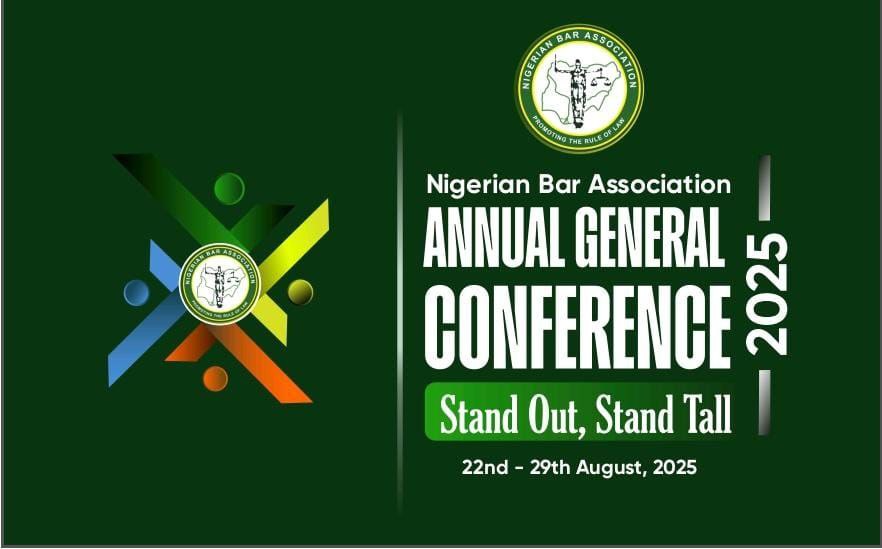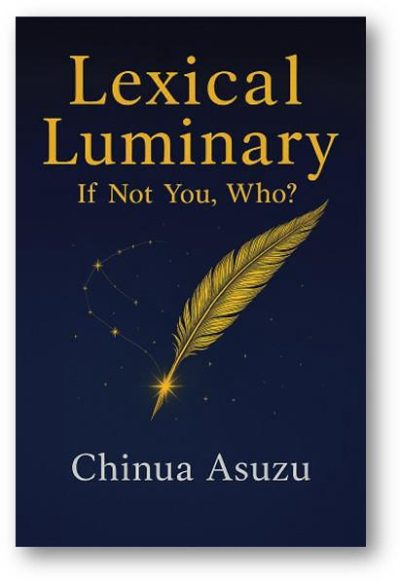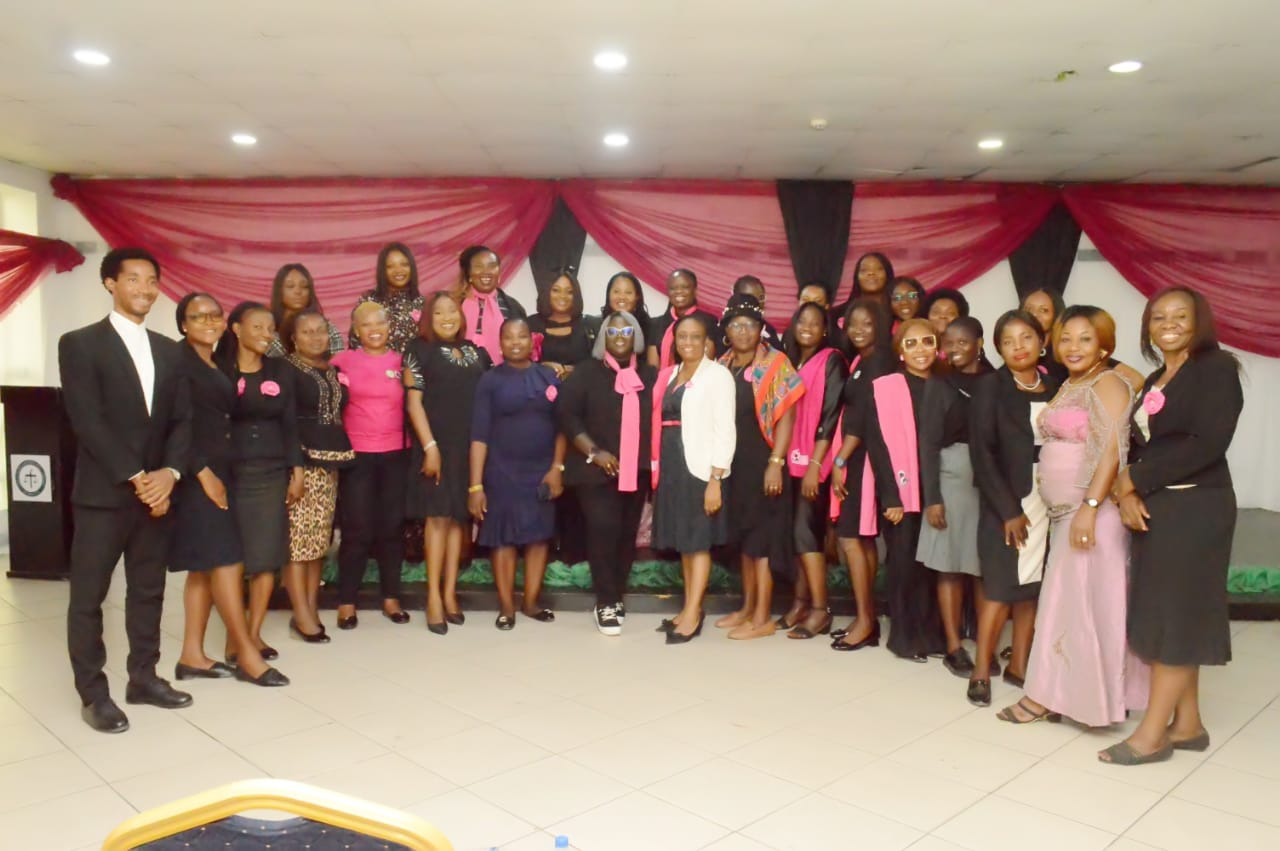In Nigerian appellate discourse, few phrases are as entrenched as “concurrent findings of fact.” Judges invoke it as a talisman, lawyers chant it as a mantra, and academics grant it unearned approbation.
Yet closer scrutiny exposes the phrase as a doctrinal misnomer, a juridical solecism, and a linguistic snafu. It distorts the nature of appellate review and deserves urgent retirement from our procedural vocabulary.
First, “concurrent” means simultaneous. Two events are concurrent when they occur at the same time. But in Nigerian appellate adjudication, nothing about “concurrent findings” is simultaneous. The trial court makes its factual determinations after hearing evidence. Only later does the Court of Appeal assess those determinations, affirming or overturning them. The process is not concurrent but sequential.
Second, appellate courts do not typically engage in fact-finding. A trial court listens to witnesses, receives exhibits, observes demeanor, and makes judgments about credibility. That is fact-finding. An appellate court lacks that evidentiary immediacy or intimacy.

It reviews the cold record to determine whether the evidence supports the trial court’s findings and whether they are not perverse. When it affirms, it’s not making a new finding but endorsing an earlier one. To describe the appellate role as “finding” is to mischaracterize the function.
Third, the phrase promotes mechanical reasoning. Supreme Court Justices often cite “concurrent findings” as a reason for declining to disturb factual findings affirmed by the Court of Appeal. Yet they require no such verbal crutch.
The principle is well established: the Supreme Court will not interfere with trial-level factual findings endorsed by the Court of Appeal unless those findings are perverse, speculative, or unsupported by evidence. That principle stands secure without the fictive prop of concurrency.
Fourth, the phrase distorts appellate advocacy. Opposing attorneys, invoking the talismanic “concurrent findings” shibboleth, hope to short-circuit serious scrutiny. Conversely, counsel seeking to challenge factual findings must navigate the rhetorical trap the phrase sets. It thus functions as a shield of obfuscation, not as a tool of clarification.
Fifth, the persistence of this phrase illustrates a deeper pathology: the legal community’s uncritical complacency with doctrinal shorthand. Once a phrase achieves circulation, it calcifies into canon. Lawyers repeat it, judges cite it, scholars perpetuate it. But repetition, however incantatory, cannot transmute error into truth. As A Course in Miracles puts it, “The senseless is not made meaningful by repetition and by clamor.”

What, then, should replace the phrase? I suggest “affirmed findings of fact.” If you’re tempted to suggest “concurring findings of fact,” note these three problems with “concurring”: (1) it connotes agreement among judges on the same panel; (2) it implies parity; and (3) it applies to opinions, not findings.
Read More:
Are your semantics on steroids?_By Chinua Asuzu_
Are you sure you know what acronyms are? Really? By Chinua Asuzu









